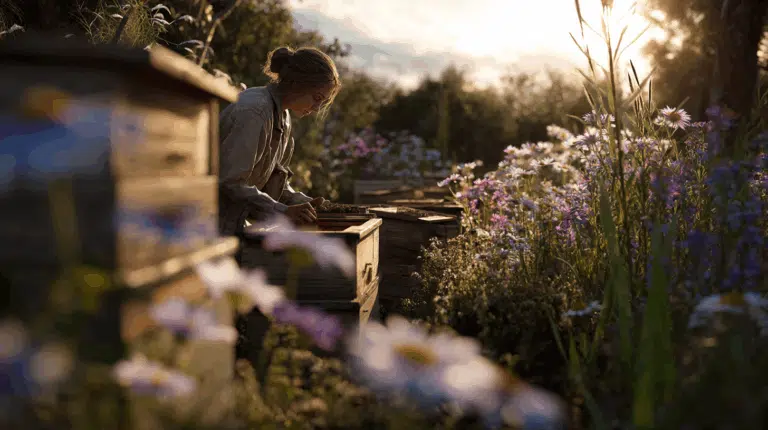Anemones produce cheerful, colorful flowers with a playful look. They bloom profusely, are perfect as cut flowers, and bring a fresh spring touch to any garden.
The Anemone coronaria is an elegant cut flower that instantly adds ambiance and color to any bouquet. With its striking, open flowers in shades of white, red, pink, blue, and purple, it immediately draws attention. The dark center creates a beautiful contrast with the delicate petals, making it a stunning choice both solo and in mixed arrangements.
This flower symbolizes anticipation and elegance and is perfect for modern or romantic bouquets.
With proper care, the Anemone coronaria will last a long time in the vase. A versatile and stylish choice for florists and lovers of special flowers.

Anemone bulbs are best stored in a cool, dry place, between 10 and 15°C, with low humidity. Avoid condensation and temperature fluctuations. Do not store them for longer than 2–3 months, as this will reduce germination.
Plant the flower bulbs 5–7 cm deep, pointed upwards. Choose a sunny to partially shaded spot with well-drained soil. Keep the soil slightly moist, but avoid waterlogging, as this can lead to rot. Fertilize the soil before planting, preferably with organic fertilizer or special bulb food. Regular watering and deadheading during flowering encourages new blooms.
Most varieties from Easyseeds.eu are suitable for both cultivation methods. Under glass, flowering can occur earlier (from January), while open-field cultivation is better for natural flowering in spring. For greenhouse production, a light pre-treatment (humid storage for 7–10 days at 10°C) is recommended.
Technically, this is possible, but it's not recommended for commercial cultivation. After flowering, the bulbs often lose vitality and uniformity. For optimal results, Easyseeds.eu recommends using fresh flower bulbs every season, especially for cut flowers.
Under good conditions (light soil, sufficient moisture, and nutrients), the yield is around 200–250 flowers per m² for single-flowered varieties, and 150–200 flowers per m² for double-flowered varieties. This, of course, varies by climate, variety, and cultivation method.